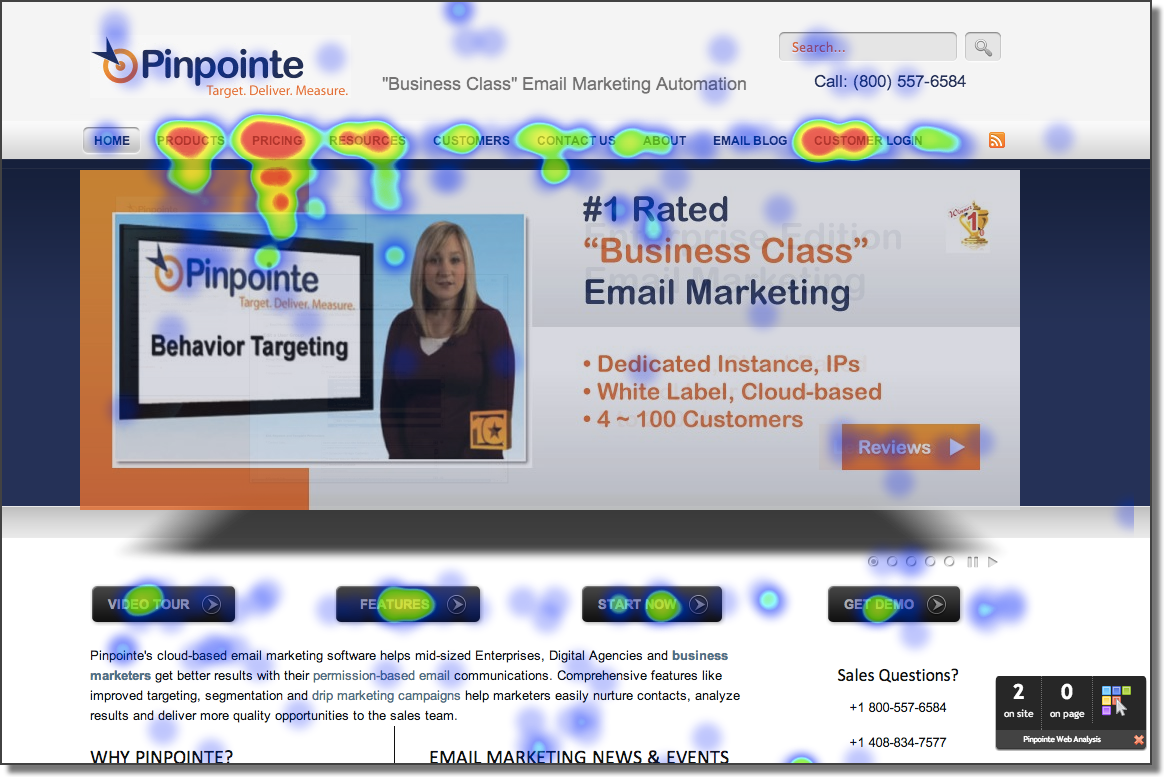Online content has grown to take up a larger portion of companies' marketing budgets. A recent Econsultancy and SoDA Digital Marketing Outlook Report found 39 percent of respondents were boosting the percentage of their marketing spending that goes toward digital efforts. Content marketing, an increasingly important aspect of digital, will be a part of that. So how do you make sure you get the most bang for your buck with your content marketing efforts? Here are a few tips.
Caution though… "Content Marketing" isn't about “what you sell,” it’s about “what you stand for.” The informational needs of your customers and prospects come first. With that in mind – here are a few guiding tips to get the best form your content marketing strategy.
1) Create a "Content Calendar"
The more detailed you get with your content calendar, the better. Are there specific products or services you want to promote at certain times of the year? How can you align your emails and other forms of content with holidays and seasons? Once you've decided on a few topics, you can drill down to the details, like what the email subject lines will be and when you'll schedule your campaigns.
2) Keep Competitors Close
As you form your own content marketing strategy, it's a good idea to get a sense of what's already being done. Read the corporate blogs and follow the company profiles of your competitors to gauge the current content available and determine where your niche could be. What are they doing well? What are they not doing as well?
How can you do it better? Use an RSS feed tool like Feedly to keep track of all the blogs you follow for research purposes.
You can also 'mine' twitter streams for mentions of your competition as well as key phrases that might be important to you and your business With Pinpointe's real-time website analytics and social monitoring features.
3) Promote your Great Content Across Multiple Channels
Sending email marketing campaigns is a great way to reach current email subscribers – no doubt. But don;t forget to also promote your quality content on relevant social channels. Twitter, LinkedIn and/or Facebook are key for starters to help you gain recognition among a wider pool of potential prospects in your space. There are plenty of free tools to help you automate the posting process, including Bufferapp and Hootsuite, which allow to you post updates to multiple platforms at once.
4) Always Include a Call-To-Action
Your content marketing efforts will be for naught if you don't include calls to action. Whether it's an emaildistribution of your latest know-how or industry tips, a website landing page or a page on your blog – dont forget to include a clear call-to-action. Every content page should include invitations for your site visitors to learn more about your company offerings on every page of your site and at the end of email messages. Always include 'social share' buttons or links in any email campaign and landing pages – make it as easy as possible for recipients to share your great content.
Be sure to engage respondents too. You'll find that respondents will re-share your content and ask questions through social channels. Hootsuite and Pinpointe's social marketing features help you monitor responses and reply to them directly.
5) Test Content Marketing Results
Email split testing can help you gain insight on whether your current content marketing is working when you are promoting your content to your subscribers via email. Take the time to test out multiple email subjects and email designs on a smaller audience before rolling out the campaign to your full subscribers – or a relevant targeted segment of your subscribers. You can also use landing page split testing to test multiple variants of each landing page to see which converts best.
6) Track Content Engagement with Real Time Site Analytics
If you don't know who's visiting your website, how long they're staying or what content they're accessing, how can you accurately assess the success of your content marketing strategy? Top email marketing and marketing automation solutions include Google Analytics at a minimum.
Adding real-time website analytics will give tremendous additional insights to track "content engagement". For example, real-time website heatmaps of your pages help you to see exactly how your visitors are interacting with your content. A website heatmap is a great way to see exactly how visitors are interacting with your content pages – it's like 'eye tracking' for your website so you can see what's hot and what's not and make changes to increase conversions.
|
Example heatmap showing where visitors engage and click most
|
7) Stick to Your Plan
Bouncing between various strategies won't net you any results. It's important to pick your content and email marketing strategies, and stick to them for a long-enough period that you can gather data and assess the real impact. Plan to thoroughly review your progress at the three-month, six-month, nine-month and one-year marks and make adjustments as necessary. You should also be checking your analytics on a weekly basis to get a closer look at the week-to-week progress, but don't act too abruptly on these details.
Distributing your content marketing via email campaigns, social channels, RSS and website updates can be a great way to stay 'top of mind' with your current customers and subscribers, and expand brand awareness. It's a gradual process that requires patience, but by following these tips, you can improve inbound traffic and increase customer / prospect loyalty.
Maximize your Content Marketing efforts
Sign up for a FREE TRIAL of Pinpointe's cloud-based email marketing system. Magnify results by updating your subscribers about availability of new content via email marketing campaigns. Monitor competitors' social presence and easily track the results of your content marketing efforts with our real-time web analytics and content heatmaps. Start Now.








